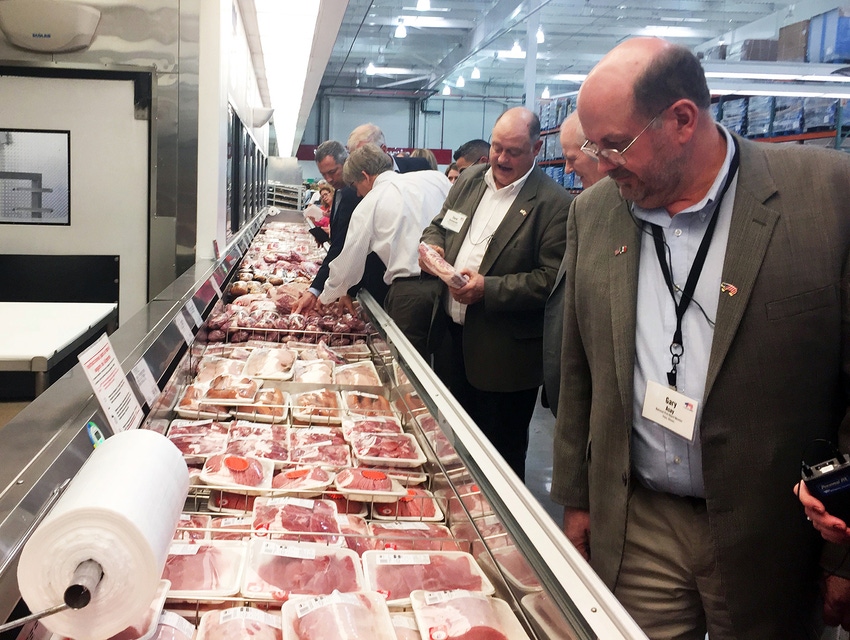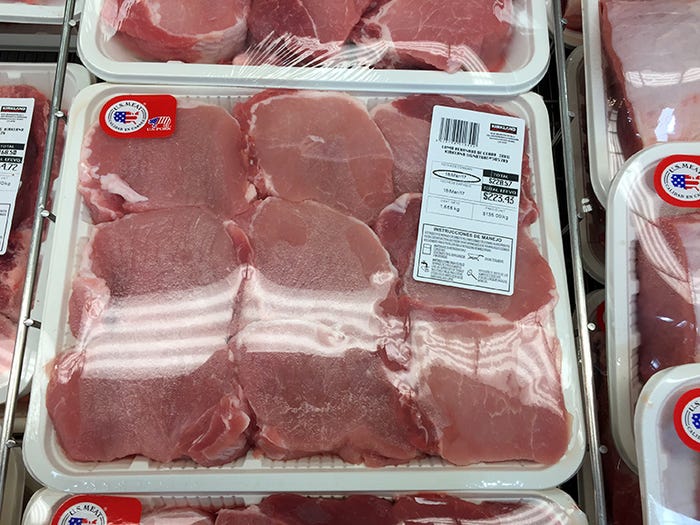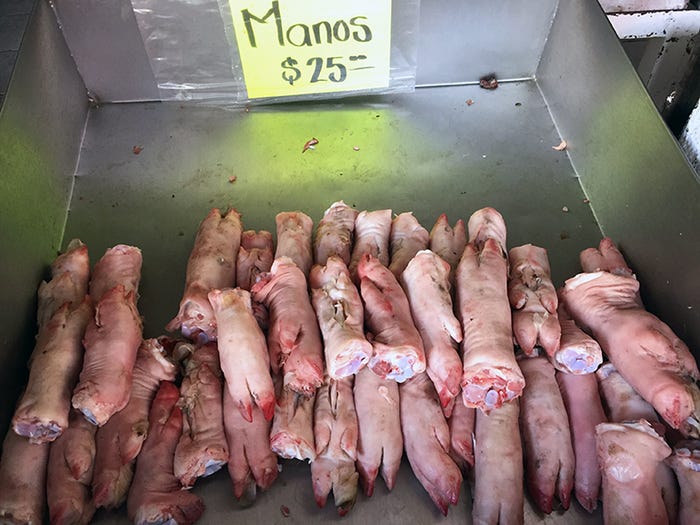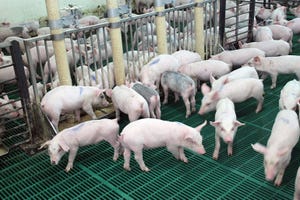In 2016, Mexico was again the No. 1 importer of U.S. pork in terms of volume. Mexico imported more than 730,000 metric tons of U.S. pork last year.
March 22, 2017

Source: National Pork Board
With Mexico’s hunger for U.S. pork continuing to grow, members of the National Pork Board spent March 13-18 in Mexico City building trade relations. The delegation invested its time immersing itself in Mexico, which is one of America’s most important export markets. During the visit, the group emphasized the safety and reliability of the U.S. pork supply.
“Our visit to Mexico was eye-opening. As board members, we were able to witness why Mexico is such an important trading partner,” says Jan Archer, National Pork Board president and a North Carolina pig farmer. “The average Mexican family spends 30 to 40% of its income on food, so they appreciate the ability to access safe, nutritious and affordable U.S. pork.”
The delegation received a warm welcome and was encouraged and enthused about the future of trade with Mexico. Within the next five years, economists predict Mexico may become the largest market for all U.S. goods, surpassing both Canada and the European Union.
During the week, board members saw firsthand the market opportunity and benefit of expanding trade with Mexico. The key objectives of the trip were to discuss and define areas of mutual interest, to extend appreciation to Mexico’s trade industry for the high volume of U.S. pork purchased and to emphasize the reliability and availability of U.S. pork and the next steps needed to support expanding trade.

In 2016, Mexico was again the No. 1 importer of U.S. pork in terms of volume. Mexico imported more than 730,000 metric tons of U.S. pork last year. In terms of value, Mexico was again No. 2 at $1.4 billion. In January 2017, which is the most recent data available, Mexico became No. 1 in both volume and value. The United States accounts for more than 90% of the total pork imported to Mexico.
At a high-level, the trip agenda included opportunities for board members to:
• Meet with the USDA’s Foreign Ag Service to understand Mexico’s economy and its current political environment.
• Learn about new pork product development and innovation.
• Visit places where pork is sold and marketed to Mexican consumers. Those outlets include high-end club stores, regional supermarkets, fast-casual restaurants and a traditional wet market.
• Meet with Mexico’s largest retail chain that sells and processes almost exclusively U.S. pork and hear about plans for further growth.
• Meet with some of Mexico’s largest importers to discuss mutual interests and ways U.S. pork can maintain its role as a strong supplier.
“We saw that our investment of producer dollars in the U.S. Meat Export Federation returns great dividends as it develops relationships with importers and retailers,” Archer says. “Our Mexican neighbors import fresh pork and ham, but also the products that have less value to the U.S. consumer. Pork byproducts, such as offal and pig heads, fill an important need in the Mexican marketplace.”

More than 35% of the U.S.-produced pork hams are exported to Mexico and processed in Mexican facilities where they are transformed into deli meats and formed-ham products. These products are crucial for low-income diets. That is why the National Pork Board is committed to sharing information with the National Pork Producers Council as it works on trade access issues. This cooperation enables the entire U.S. pork industry to work together efficiently.
“Pork is a mainstay in Mexican culture — consumers appreciate it and know how to prepare it,” says Bill Even, National Pork Board chief executive officer. “The challenge Mexico faces is getting more protein-rich food into the diets of low-income residents and children. This requires a focus on new product development and education.”
The National Pork Board works directly with the U.S. Meat Export Federation to address this key issue, specifically through outreach to dietitians and other medical professionals in Mexico. USMEF also educates students on the role pork and protein play in the diet and, to Mexican consumers, provides point-of-sale promotional materials at retail stores.

Beyond these direct consumer messages, Checkoff-funded USMEF activities include work with trade representatives — importers, brokers and processors — to educate these trade groups on the benefits of U.S. pork and its quality, safety and availability.
“As a producer, I value our trade relationship with our neighbor even more after visiting this beautiful country,” Archer says. “Growth in our industry is the result of a strong trade balance.”
In 1989, the United States had very few trade agreements, but today has 20 in place. Free trade agreements contribute to increased exports and enhance the opportunity to distribute U.S. pork worldwide.
You May Also Like



